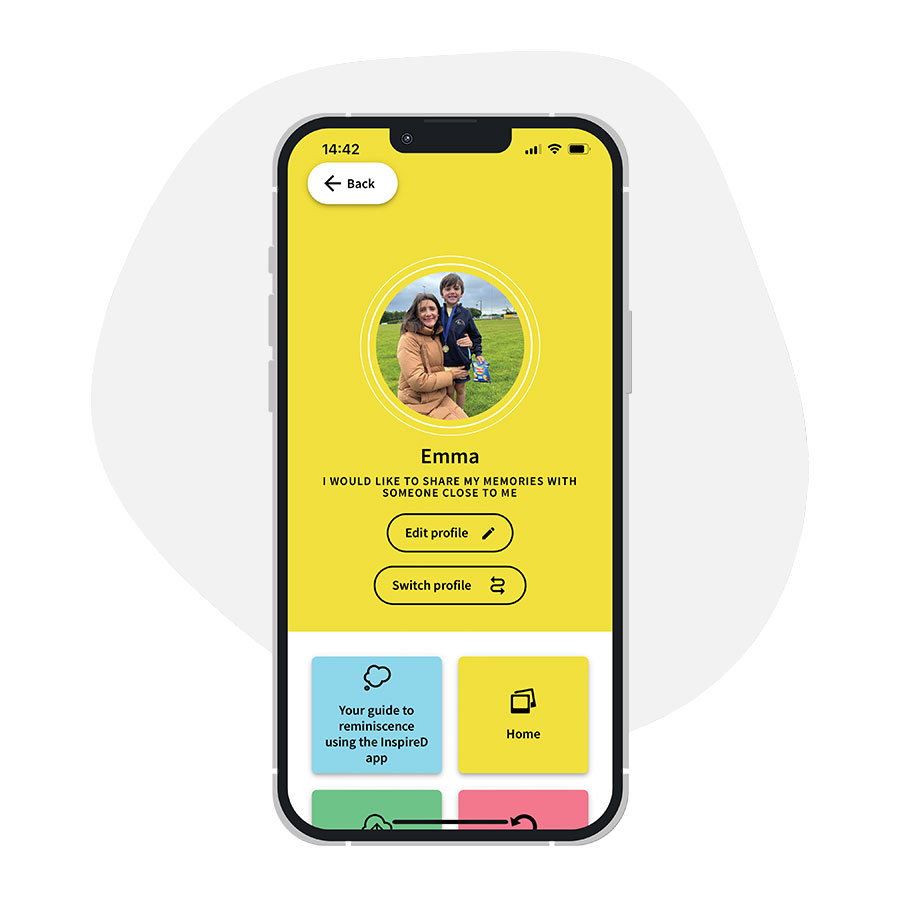
How to begin
To begin, you can then use these stories as starting points for conversations. Try to avoid asking for specific details, but you may prompt them by describing why you are interested in a subject or why you enjoy a particular story they tell, and encourage them to pick up the thread of the conversation in a stress-free way.
Ask them to select a small number of personal memorabilia, for example: five special photographs, three songs and two videos. Make sure not to rush them and remember that there are no right or wrong choices.
Start with the first chosen item and ask them, why they chose it and what is it? This should not feel like a test, it isn’t about the ability to recall the memory but about how the memory makes them feel. Do not ask for specifics such as who is in the photo or who sings a song, rather focus on the feelings evoked when they see the photo, hear the song, or watch the video?
Ways to support others
Let them lead
Encourage the person to lead the conversation through your interaction with a warm, supportive tone of voice and genuine interest in what they are saying.
Encourage expression
Encourage them to express the feelings behind the memory. If they want to sing along to a song, dance, or hold your hand, join them in the moment. If the memory is tied to a particular skill, ask them more about it.
Comment
When they are ready, you can offer to record why these memories are important to them.
Involve others
Encourage family, friends, carers, and others to add comments or record voice notes about their own feelings or memories tied to the memorabilia.
Use the app in different settings
Encourage them to bring the InspireD reminiscence app to family or social events to create new memories. Although the app can be used at any time, research by Ulster University suggests it can be particularly effective in the late afternoon or early evening as a relaxing way to wind down together.
Keep it precious
Avoid using the app to store all personal memorabilia. Focus on items that are tied to significant memories or feelings. The app is designed as a protected space for precious memories, not as a digital storage device.
Sad memories
It’s possible that painful memories may come up during conversations. This is okay; they are as important as happy memories. However, be mindful that the emotions tied to these memories may linger after the conversation. Check in with everyone afterward and seek support if these feelings cause distress.
